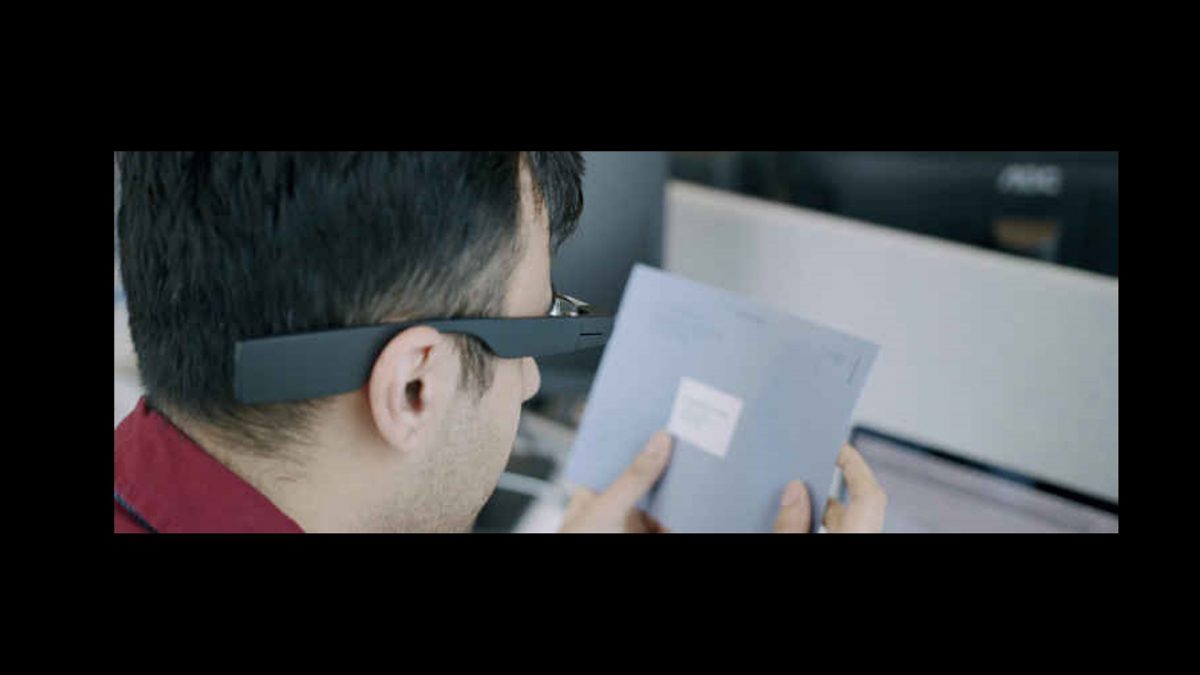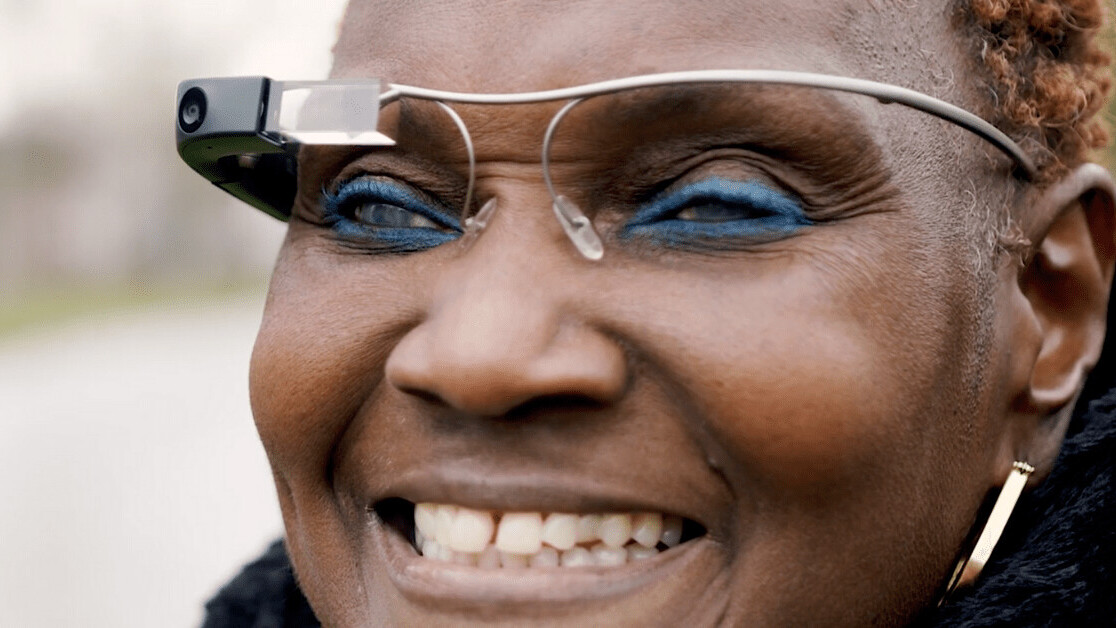Discover Advanced Assistive Instruments for Individuals With Aesthetic Impairments
The landscape of assistive modern technology for individuals with visual impairments is advancing rapidly, providing a variety of cutting-edge devices that enhance freedom and involvement (Braille displays and notetakers). From clever glasses that flawlessly combine visual input with acoustic support to advanced navigation applications that redefine spatial awareness, these tools are reshaping opportunities. Furthermore, the most up to date improvements in Braille technology and voice-activated systems substantially add to ease of access. The effects of these growths extend far beyond simple performance; they challenge standard understandings of special needs and self-reliance. What might this imply for the future of inclusion and assistance?
Smart Glasses Innovations
Smart glasses stand for a significant advancement in assistive technology for people with visual impairments. Geared up with electronic cameras and sensors, wise glasses can catch real-time visual information, which is then refined and communicated to the customer via audio comments or haptic experiences.
Moreover, innovations in artificial intelligence have even more boosted the abilities of smart glasses. Artificial intelligence algorithms can acknowledge faces, reviewed text, and recognize items, making them vital tools for daily jobs. Users can receive acoustic hints that offer context about their atmosphere, cultivating self-reliance and self-confidence.
In addition, the ergonomic design and lightweight nature of many smart glasses make them suitable for long term use, ensuring comfort while improving functionality. As these devices continue to evolve, they hold the potential to revolutionize the method individuals with visual problems experience their day-to-days live, connecting the gap in between availability and modern technology. The recurring research and advancement in this area promise to broaden the possibilities for wise glasses, making them a necessary element of modern-day assistive devices.
Navigation Apps and Tools
Numerous navigation apps and devices have become essential sources for people with visual problems, considerably enhancing their capacity to go across strange settings. These modern technologies leverage GPS functionality, audio cues, and real-time data to provide individuals with exact navigating support.
One noticeable example is the Aira app, which links customers to qualified representatives who can supply aesthetic descriptions of surroundings and navigating support through an online video clip feed. This solution enhances the customer's spatial awareness and self-confidence while navigating. An additional remarkable tool is Seeing Eye GPS, which uses voice-guided navigating and sights, making it possible for users to access important information regarding their surroundings.

As technology proceeds to advance, the advancement of much more innovative navigation devices assures to more encourage individuals with aesthetic problems, facilitating smooth movement and integration right into varied atmospheres. Such innovations are crucial in advertising a more inclusive culture.
Braille Innovation Innovations
In current years, innovations in Braille technology have actually dramatically changed just how individuals with aesthetic impairments gain access to details and involve with the globe around them. The development of portable Braille display screens has transformed analysis by allowing users to connect wirelessly to tablets, computers, and mobile phones. These devices transform message into Braille in real-time, allowing seamless interaction with electronic web content.
Additionally, cutting-edge Braille printers have arised, boosting the production of responsive products. Modern embossers are faster and much more reliable, permitting the rapid production of Braille papers and educational products. This effectiveness reduces the time and expense connected with generating Braille resources, making them extra accessible to organizations and schools.
Additionally, the integration of Braille with other modern technologies, such as fabricated intelligence and machine understanding, has opened up new opportunities for personalized knowing experiences. Voice acknowledgment and synthesis modern technologies can match Braille, supplying an inclusive approach to details dissemination.
As the need for comprehensive education and office settings grows, these technological developments play a vital role in empowering individuals with visual problems, ensuring they have equivalent accessibility to info and chances in various elements of life.
Wearable Gadgets for Independence
An expanding variety of wearable devices is boosting self-reliance for people with visual disabilities, using innovative remedies here that enhance navigating and everyday living. Braille displays and notetakers. These devices make use of sophisticated technologies to supply real-time feedback and assistance, promoting autonomy in numerous environments

Wearable innovation also consists of smartwatches that can be set with access attributes, enabling individuals to obtain alerts, track their places, or perhaps ask for support with the touch of a switch. Furthermore, some devices incorporate expert system to assess the setting, offering sound summaries of nearby items or individuals.
Voice-Activated Assistive Solutions
Leveraging voice-activated assistive options has actually transformed the landscape of support for individuals with aesthetic impairments, providing hands-free communication and accessibility to a selection discover this of jobs. These innovations utilize all-natural language processing and fabricated knowledge to allow individuals to perform everyday activities through straightforward voice commands.

Moreover, recent advancements in voice recognition accuracy have improved the customer experience significantly, fitting diverse accents and speech patterns. This inclusivity ensures that even more individuals can gain from these modern technologies, promoting a higher feeling of autonomy.
Final Thought
To conclude, the development of advanced assistive gadgets dramatically improves the freedom and lifestyle for people with aesthetic problems. Technologies such as smart glasses, navigating apps, Braille innovation, wearable tools, and voice-activated solutions jointly foster an even more inclusive environment. These modern technologies encourage customers to browse their environments with self-confidence and engage even more fully with the world, eventually advertising higher availability and level playing fields for individuals facing aesthetic obstacles.
The landscape of assistive technology for individuals with aesthetic disabilities look at these guys is evolving swiftly, offering an array of innovative gadgets that improve autonomy and involvement.Smart glasses represent a considerable innovation in assistive technology for people with visual disabilities. As these gadgets continue to evolve, they hold the prospective to change the means people with aesthetic problems experience their day-to-day lives, bridging the void between access and modern technology.In current years, improvements in Braille innovation have actually dramatically transformed exactly how people with visual impairments access information and engage with the world around them. These modern technologies encourage customers to browse their surroundings with confidence and engage even more totally with the globe, ultimately advertising greater ease of access and equivalent possibilities for individuals dealing with aesthetic obstacles.